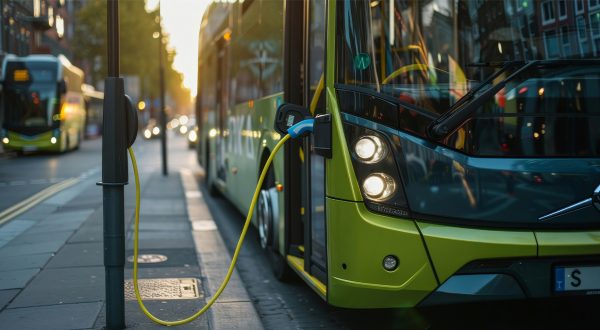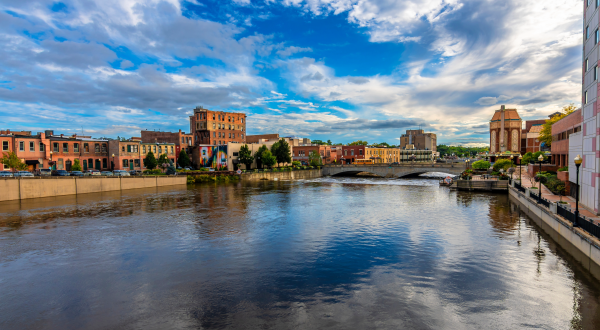Cegelec City Solutions Vienna (VINCI Energies) is in charge of installing the electrical systems, wiring and lightning protection at nine new metro stations in the Austrian capital.
![]()
With the extension of Line U2 and construction of Line U5, the Austrian capital is extending and upgrading its metro system to better meet the needs of its population, expected to reach about two million inhabitants in 2030. “The interconnection of the two lines is the best possible addition to the current metro network, which manages Vienna’s metro network, the U-Bahn. The Rathaus, Neubaugasse and Pilgramgasse stations will provide key underground interchanges with other metro lines.” Similar to the Paris metro, the Vienna network serves the main railway stations, and it also connects with the S-Bahn, the equivalent of France’s RER regional express system. The current works will further expand U-Bahn – S-Bahn interconnections. In addition to the central railway station and Meidling interchanges, there will be an interchange between the S-Bahn and the U-Bahn at Matzleindorfer Platz, a new station to be built on the Line U2 extension.
This additional interchange will pave the way for “new routes, while reducing journey times”.
“With these many underground interchanges, the new infrastructure will serve as a catalyst. It will not only reduce congestion on very busy lines, but also improve the efficiency of the entire public transport network.”
An expanded, interconnected network
The project currently under way, for which Cegelec City Solutions Vienna (VINCI Energies) is in charge of implementing wiring and electrical systems, will substantially expand the metro network, which currently comprises of 80 km of lines and 109 stations.
Line U2 between Seestadt and Karlsplatz will be modified in two ways: it will be extended from Rathaus to Neubaugasse and from Matzleinsdorfer Platz to Wienerberg, and will become the longest line within the subway system. In addition, part of its current tunnel and track will be used by the Line U5 between Karlplatz and Rathaus. This line will continue to the west towards AKH and Elterleinplatz in the Hernals district.
The works “must of course accommodate the restrictions applying to underground construction work in city centre neighbourhoods”
As for Line U5, it will be “Vienna’s first entirely automated metro line. This innovation will call for the “modernisation of the stations, particularly those between Karlsplatz and Rathaus, which will be equipped with platform screen doors.” The stations will have to close for a certain amount of time due to this construction. The rest of the metro system will not be disrupted.
In addition, the U2 – U5 interchange will close a gap in the heart of the system, a part of Vienna where about 370,000 people live and work, and where the metro lines are particularly busy. In this area, passengers will have new interchanges on Line U2 from Seestadt to Wienerberg and Line U5 from Karlsplatz to Elterleinplatz. “Over the entire network, only 10 stations currently offer metro interchanges. There will be 14 metro interchanges once the U2xU5 connection has been built.
Works set for completion in 2026
The works, in which Cegelec City Solutions Vienna is involved, are expected to last until 2026. The first phase is already being prepared, with the construction of the Frankhplatz and Reinprechtsdorfer Straße stations, the Pilgramgasse U2xU4 interchange and the conversion of a section of the Line U2 to the Line U5. At all these stations, Cegelec is currently fitting cable ducts and trays, setting up the power distribution systems and installing the wiring required for the heat and smoke extraction systems.
“All these operations must adhere to the restrictions applying to all underground construction work in city centre neighbourhoods. The preparatory work included the underpinning of buildings, to ensure that tunnels can be built underground. At some sites traffic will have to be detoured, and at all the sites care will have to be taken to limit disruptions such as noise, caused by construction in densely populated areas.”
10/09/2020
Learn more:
https://u2u5.wien.gv.at/site/


